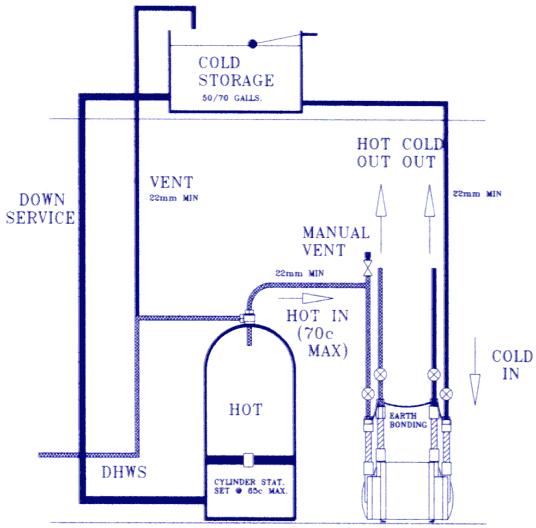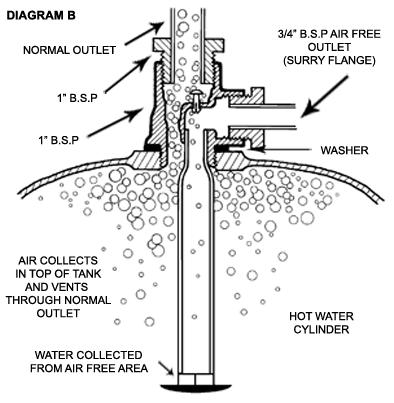the pump will go in the loft above the tank, not sure if that is important or not?!?
Yes it is. Most shower pumps need a positive head and so sit on the floor at the side of the hot water cylinder. Water runs down and into the pump and then is transferred under pressure to the shower. If you want to mount the pump in the loft, you will need a pump suitable for a negative head. They are far more expensive.
how would the pump turn on and off? does it turn on with a switch or when the water starts to run though it?
Correct. That's exactly how it works. There is usually a switch on both the hot and cold side built into the pump so that if either hot or cold supplies are lost the pump stops automatically.
Showers need a balanced supply, so it is usual to pump both the hot and cold water from storage. You can't pump just the hot water and use the cold mains supply.
Also you will need to make provision to prevent the pump sucking the air bubbles that collect at the top of the hot water cylinder.Air in the pump will prevent it operating correctly and could damage it. A 'Surrey Flange' is a common method used.
Just to add to the above point, it wouldn't be where the pump is that would determine what is negative head and positive head. This would be decided by the distance between the bottom of the cold water storage tank and the highest point in the system which is usually the shower head or any 'up and over' pipework in the loft. The pump could be anywhere between these two but usually there is a specification in the installation guide that will give a min distance between the bottom of the cold water cistern and the top of the pump (usually around 600mm) which is to ensure the pump is constantly flooder with water. If the pump is going above the hot water cylinder there is usually a requirement that you fit a No-stop Essex flange in the side of the cylinder rather than a Surrey flange on the top.
cheers



